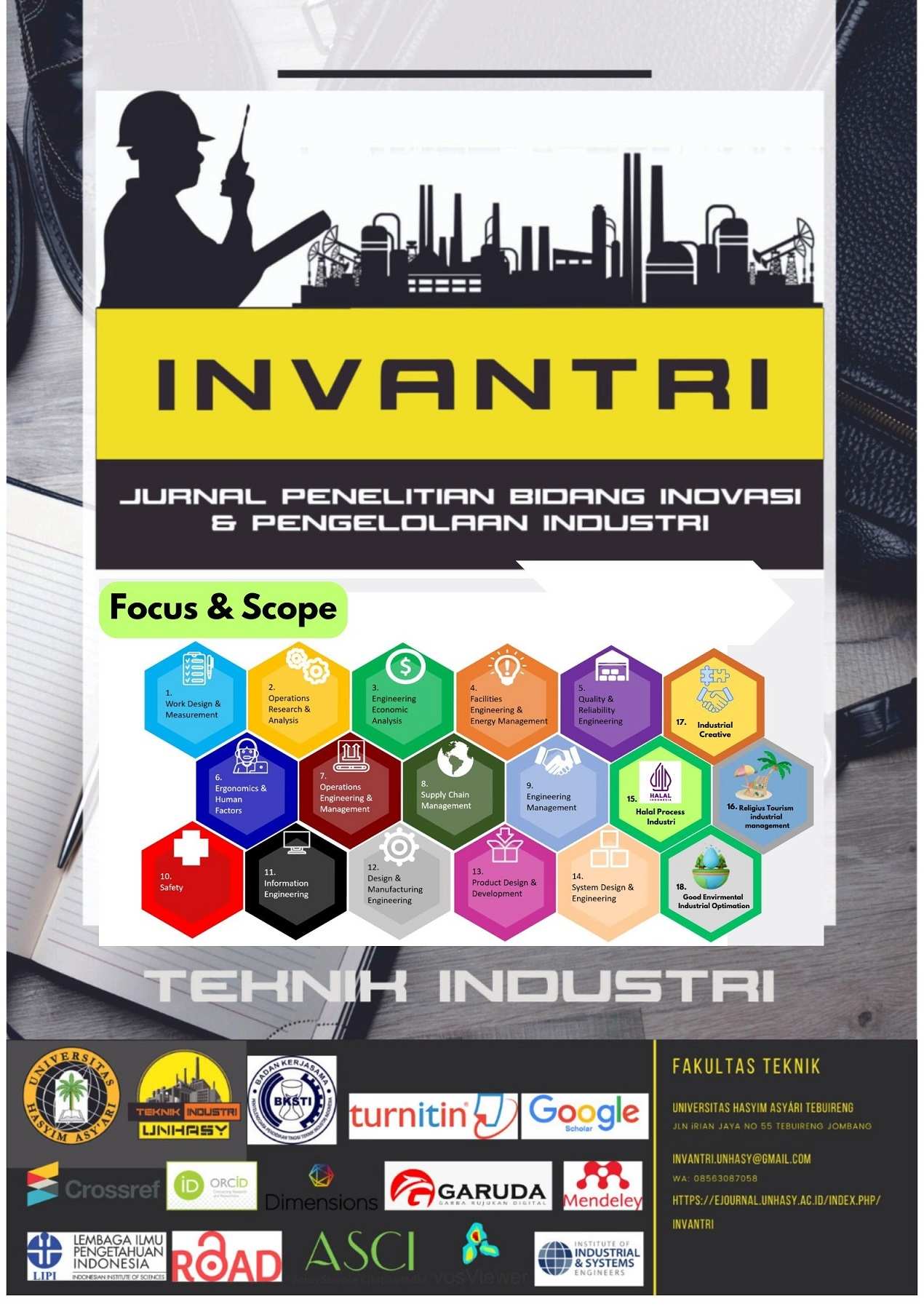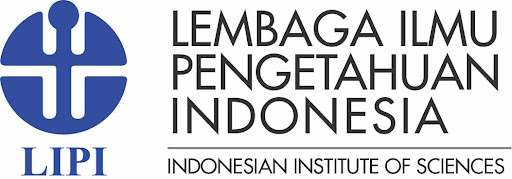Perbandingan Metode Kansei Engineering, Quality Function Deployment, Value Engineering Dalam Pengembangan Mesin Pemanenan Padi
Keywords:
Kansei Engineering, Value Engineering, Topographic, ProcessAbstract
Indonesia is an agricultural country where 40% of the population's livelihood is farming. Agrarian potential in Indonesia is very high because of the fertile soil. The fertile agricultural land in Indonesia is due to the country's location in an area with a tropical climate and Indonesia has many mountains. Most farmers in Indonesia still carry out the harvesting process manually, especially when threshing rice seeds from the stalks. The rice harvesting process that still uses manual methods can cause problems for farmers and also result in relatively low productivity. The process of harvesting rice using a sickle is still widely carried out because rice harvesting machines have not yet been created suitable for existing agricultural land in Indonesia, where agricultural land in Indonesia is generally narrow with undulating topographic conditions. This research aims to compare methods for developing rice harvesting machines. The method used in this research is to compare the Kansei Engineering, Quality Function Deployment, and Value Engineering methods. The results of this research indicate that the Kansei Engineering method is a suitable method for developing rice harvesting machines because the Kansei engineering method uses emotional feelings in the product development process. The Kansei engineering method can increase the level of satisfaction and interest of consumers because products are designed using the Kansei engineering method.
Downloads

Additional Files
Published
How to Cite
Issue
Section
License
Copyright (c) 2024 Jurnal Penelitian Bidang Inovasi & Pengelolaan Industri

This work is licensed under a Creative Commons Attribution-NonCommercial-NoDerivatives 4.0 International License.















